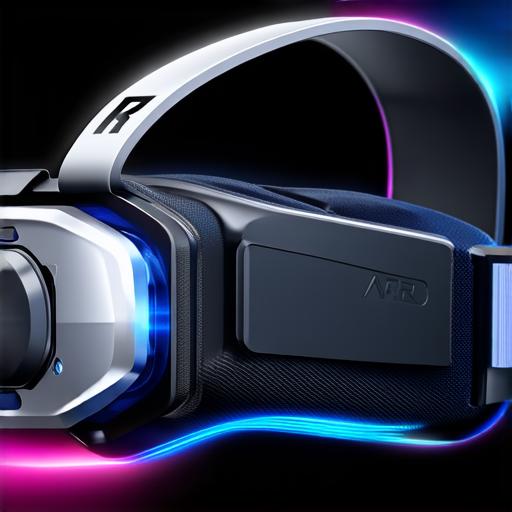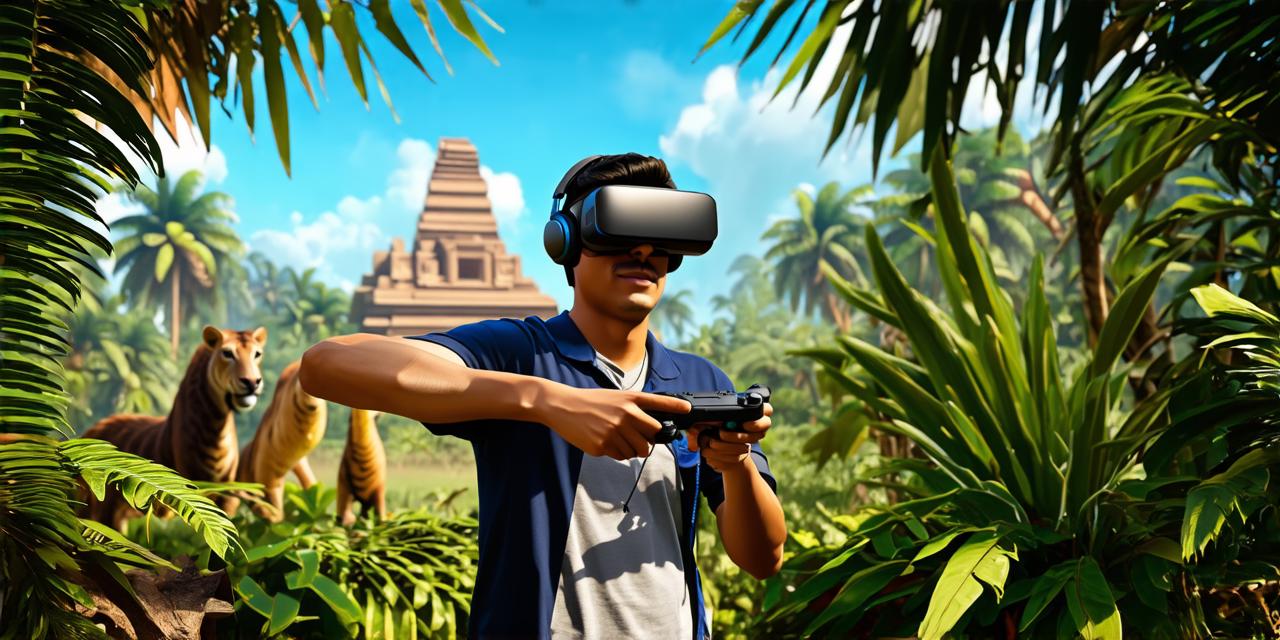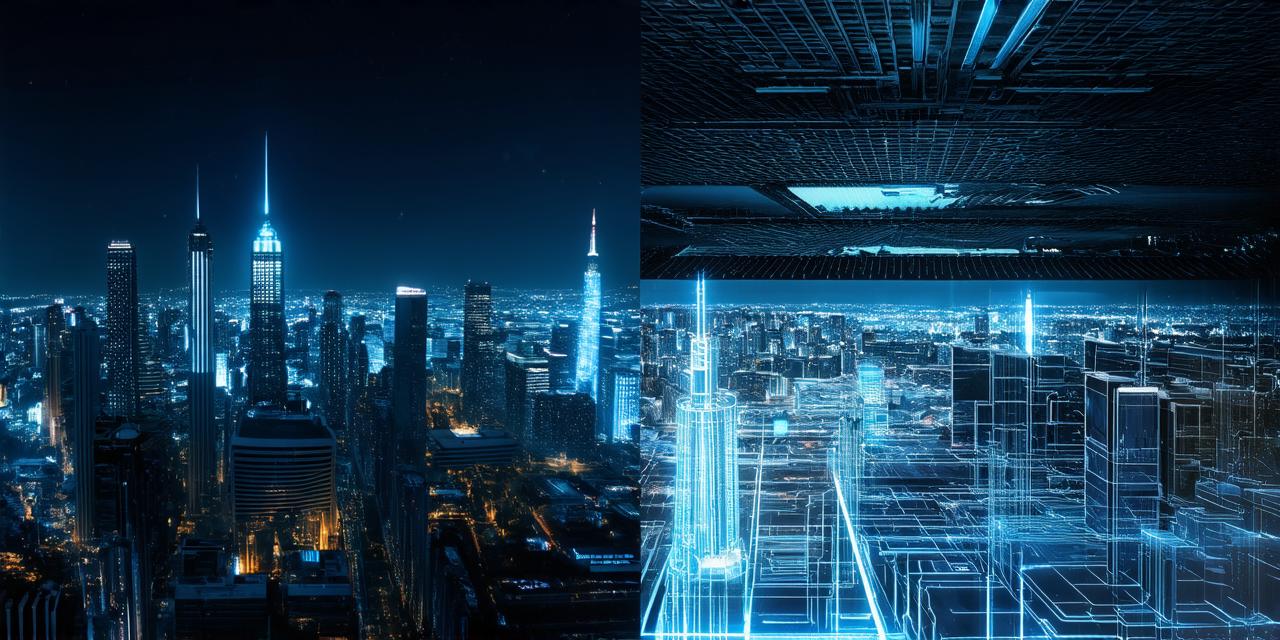Augmented reality (AR) and virtual reality (VR) are two emerging technologies that offer immersive experiences to users.
Augmented Reality (AR)
AR is a technology that enhances the real-world environment with digital elements such as images, sounds, and videos. These digital elements are superimposed on the real world using a camera or a display device. AR allows users to interact with the digital elements in the real world, making it an excellent tool for education, marketing, and entertainment.
AR works by using a combination of computer vision and machine learning algorithms to track the user’s position and orientation in the real world. The AR application then uses this information to superimpose digital elements on the camera feed of the device. This process is known as image recognition, and it allows the AR application to identify objects and surfaces in the real world.
Applications of AR
AR has a wide range of applications across various industries, including education, marketing, entertainment, and healthcare. In education, AR can be used to provide interactive learning experiences, such as virtual field trips and 3D models of scientific concepts. In marketing, AR can be used to create engaging advertisements that allow users to interact with the brand in a unique way. In entertainment, AR can be used to create immersive gaming experiences and virtual concerts. In healthcare, AR can be used for remote diagnosis and surgery simulation.

Virtual Reality (VR)
VR is a technology that creates a completely artificial environment that simulates the real world or an imaginary world. VR works by using sensors to track the user’s movements and adjust the virtual environment accordingly. This allows users to feel like they are in a different world, which can be used for entertainment, education, and training purposes.
VR works by presenting users with a head-mounted display (HMD) that blocks out the real world. The HMD is equipped with sensors such as accelerometers, gyroscopes, and magnetometers that track the user’s movements. This information is used to update the virtual environment in real-time, creating a seamless and immersive experience for the user.
Applications of VR
VR has a wide range of applications across various industries, including entertainment, education, and training. In entertainment, VR can be used to create immersive gaming experiences and virtual concerts. In education, VR can be used to provide interactive learning experiences, such as virtual field trips and 3D models of scientific concepts. In training, VR can be used for simulations that allow users to practice skills in a safe environment, such as flight simulation and surgical training.
Conclusion
AR and VR are two emerging technologies that offer immersive experiences to users. While AR enhances the real-world environment with digital elements, VR creates a completely artificial environment. Both technologies have a wide range of applications across various industries and have the potential to revolutionize the way we interact with technology. As these technologies continue to evolve, we can expect to see even more innovative uses for AR and VR in the future.



